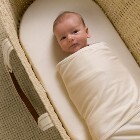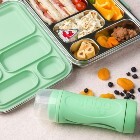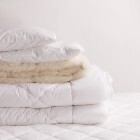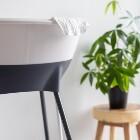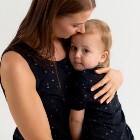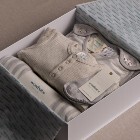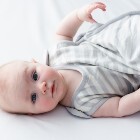Adding to the endless list of parental worries is how warm your baby’s room should be, particularly in the middle of winter when temperatures drop. It’s important to try and maintain a safe and comfortable temperature in the nursery as much as possible, not only to help your baby sleep better, but to help reduce the adverse health effects, in particular respiratory illnesses that can present as a result of homes which are too cold.
Whether you heat your baby’s room at night will depend on a range of things, including how warm your house is and of course, how costly it may be to heat a room all night.




